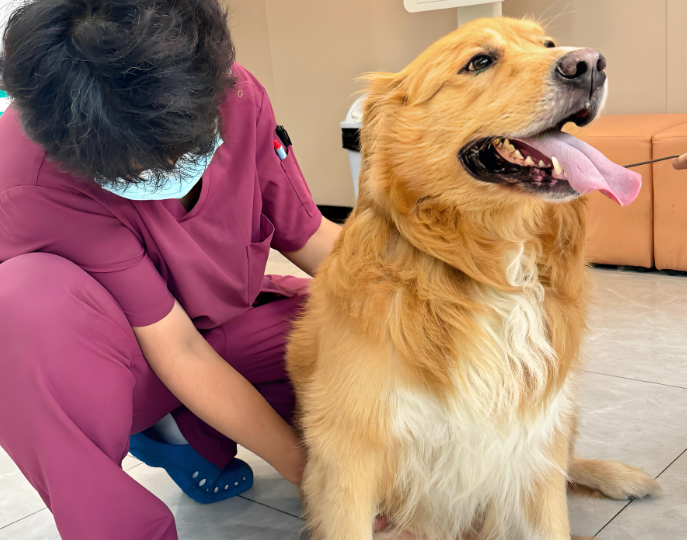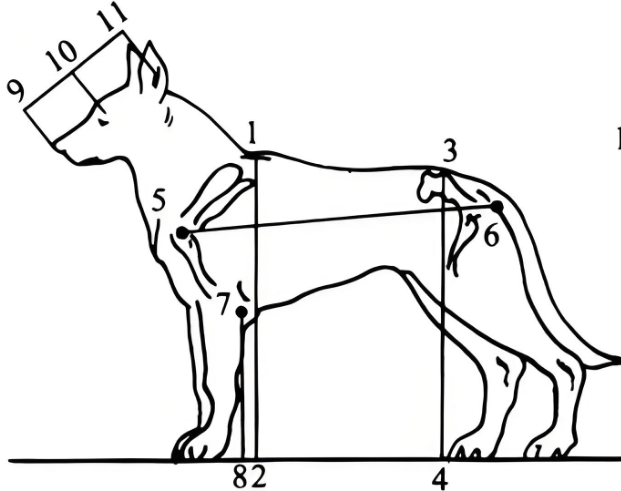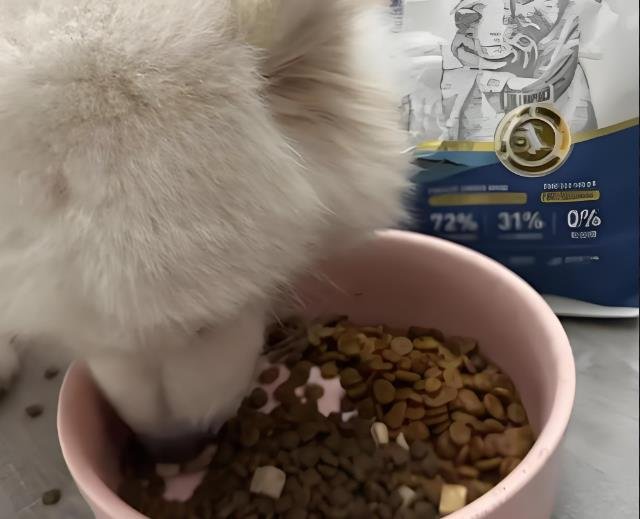How to Measure Your Dog’s Height: 3 Vet-Backed Tips for Perfect Accuracy Every Time
Ever tried measuring your dog’s height only to end up wrestling a wiggly furball? You’re not alone! Whether you’re sizing up a winter coat or picking the perfect crate, nailing your pup’s height is crucial—and surprisingly tricky. Let’s ditch the guesswork with three vet-approved hacks to measure your dog like a pro. 🐕📏

Why Bother?
A dog’s height isn’t just about fashion or furniture. Ill-fitting gear can cause chafing, restricted movement, or even anxiety. Plus, breeds like Dachshunds (long backs) or Greyhounds (deep chests) need precise measurements to avoid health risks. Let’s get it right!
Tip 1: Get Them in the Right Stance
No yoga poses required—just smart prep.
- Flat surface only: Tile floors or pavement work best. Carpet? It’s like measuring on a marshmallow—skip it.
- Natural posture: Let your dog stand relaxed, head up, and legs straight. No slouching or “begging” positions!
- Treats are your BFF: Lure them into place with a peanut butter lick mat or a steady stream of kibble. Pro tip: Freeze-dried liver works wonders for squirmy pups.
Avoid rookie mistakes:
- Measuring on grass (uneven) or with a wiggly dog (wait until post-walk calm).
- Forcing them into position—stress = sloppy results.
Tip 2: Find the Withers Like a Vet
Hint: It’s NOT the neck or tail!
The withers—that bony ridge between the shoulder blades—is the gold standard for height measurements. Here’s how to nail it:
- Feel, don’t guess: Run your hands down your dog’s neck until you hit the first solid bump behind the shoulders.
- Short-haired dogs: Easy peasy—it’s visibly the highest point.
- Fluffy breeds (Huskies, Collies): Part the fur and press gently to locate the ridge.
No level? No problem!
- Use a hardcover book: Rest it flat across the withers and mark where the spine touches the wall.
Tip 3: Measure Like You’re Defusing a Bomb
Precision is key.
- Tool choices: • Flexible tape: Perfect for curved spines (hello, Basset Hounds!). • Yardstick/ruler: Best for wall-assisted measurements. • Tech hack: Try the DIG Labs app—snap a pic against a doorframe, and AI calculates height.
- Double-check: Measure twice, write once. Even a slight tilt can throw off your numbers!
Metric vs. Imperial:
- Most U.S. brands use inches, but European gear often requires centimeters. Jot down both to save time later.

BONUS: What If My Dog Won’t Cooperate?
- Two-person tag team: One distracts with treats; the other measures.
- Sleepy time: Measure after a long walk or play session—exhaustion = compliance.
- Puppy problems: Measure weekly during growth spurts. Plot their progress on a wall chart (it’s adorable and practical).
When to Call the Vet
- Uneven withers: Could signal joint issues or scoliosis.
- Sudden height loss: Older dogs might have arthritis or muscle atrophy.
- Refusal to stand: Pain or anxiety? Better safe than sorry.
TL;DR: Flat surface + withers + patience = perfect height. Now go order that snazzy raincoat your pup deserves! 🌟
P.S. Share your funniest measuring fail in the comments—we’ve all been there! 🐾


